Life
Sign up for our newsletter
We summarize the week's scientific breakthroughs every Thursday.
-
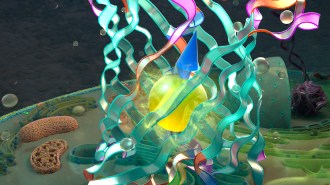 Physics
PhysicsScientists made a biological quantum bit out of a fluorescent protein
Researchers could use quantum effects to develop new types of medical imaging inside cells themselves.
-
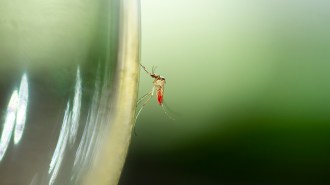 Humans
HumansWant to avoid mosquito bites? Step away from the beer
A Dutch music festival turned into a mosquito lab, revealing how beer, weed, sleep and sunscreen affect your bite appeal.
By Meghan Rosen -
 Animals
AnimalsOctopus arms are adaptable but some are favored for particular jobs
Octopuses are ambidextrous, a new study finds, but they favor their front arms for investigating surroundings and their back arms for locomotion.
By Jake Buehler -
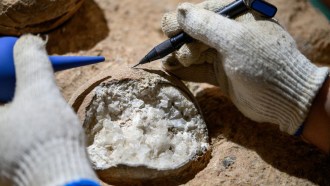 Paleontology
PaleontologyCrystallized dino eggs provide a peek into the tumultuous Late Cretaceous
Definitively dating the age of a clutch of fossil dinosaur eggs at a famous site in China may let scientists link eggshell features to environmental shifts at the time.
- Health & Medicine
The brain preserves maps of missing hands for years
Countering the idea of large-scale rewiring, women whose hands were removed retained durable brain activity patterns linked to their missing fingers.
-
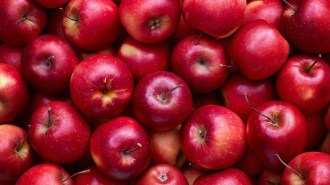 Neuroscience
NeuroscienceYour red is my red, at least to our brains
Despite philosophical debates, colors like red may spark similar brain activity across individuals, new research suggests.
-
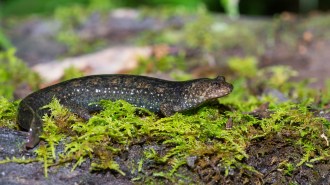 Animals
AnimalsJust like humans, many animals get more aggressive in the heat
From salamanders to monkeys, many species get more violent at warmer temperatures — a trend that may shape their social structures as the world warms.
-
 Paleontology
PaleontologyYoung pterosaurs probably died in violent Jurassic storms
Two hatchling pterosaurs with fractured arm bones point to ancient storms as the cause of mass casualties preserved in Germany’s Solnhofen Limestone.
-
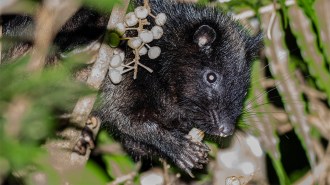 Animals
AnimalsTiny thumbnails may be key for rodents’ global takeover
Thumbnails might have boosted rodents’ food-handling skills, helping them thrive worldwide.
-
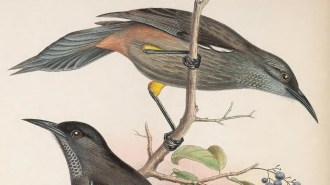 Life
LifeA sixth mass extinction? Not so fast, some scientists say
A new analysis suggests that recent extinctions have been rare, limited mostly to islands and slowing. But others argue this is all just semantics.
By Jake Buehler - Animals
Here’s how fruit flies’ giant sperm squeeze into tight spaces
Researchers found that fruit fly sperm push against one another and align in orderly bundles, preventing knots that could block reproduction.
By Meghan Rosen -
 Microbes
MicrobesAntarctic lake microbes have flexible survival strategies
Life teems under the Antarctic ice sheet. In subglacial Lake Mercer, it is surprisingly versatile and isolated from the rest of the world.
By Douglas Fox